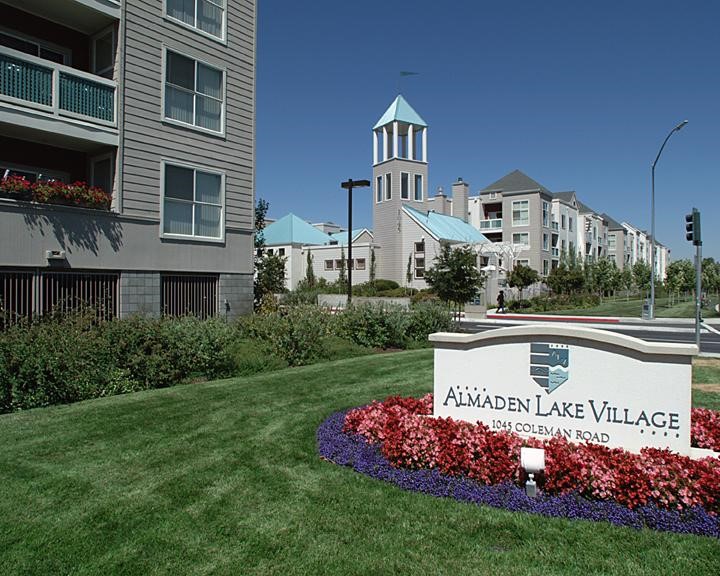Following the completion of the Countywide Affordable Housing Nexus Study in 2016—which determined the linkage between new market rate housing and commercial development on the need for new affordable homes—a number of jurisdictions moved forward to adopt housing impact fees and commercial linkage fees. In the wake of AB 1505, which recognized the zoning authority rights of local government to adopt inclusionary requirements, several cities, including San Jose, have dropped their housing impact fees and are reinstating or establishing new inclusionary ordinances. However, others are still moving forward to establish new impact fees.
The County of Santa Clara and the City of Los Altos are the most recent jurisdictions to take action.
This past week, the City of Los Altos voted to move ahead with both residential and commercial linkage fees at these levels:
- A $50 per square foot fee for multiple-family ownership developments;
- A $45 per square foot fee for multiple-family rental developments;
- A $15 per square foot fee for non-residential development;
- A $25 per square foot fee for office developments.
As we understand the Council’s intentions, while they have approved these fees, they intend to come back with an inclusionary ordinance at a later date. The residential impact fees will then transition to in-lieu fees, should developers choose an in-lieu option under an inclusionary ordinance.
Earlier in the month, the Santa Clara County Board of Supervisors, which has jurisdiction over unincorporated parts of the County including the Stanford University campus, supported a staff recommendation that would levy fees on Stanford development but put off a decision on impact fees for the unincorporated county until 2019.
County staff recommended that the Board accept the “maximum supportable” fee for non-residential development, which for Stanford’s classrooms and offices was pegged at $143 a square foot– $108 more per square foot than charged by neighboring Palo Alto. The Board took action to approve a fee that was lower than the staff recommendation– sending direction to the County’s Housing, Land Use, Environment and Transportation Committee (HULET) to review further, but placing a $68.50 per-square-foot floor for a new nonresidential development fee (the maximum potential fee would still be at $143). It is expected that discussions on how some portion of the fees could be offset if Stanford builds additional affordable housing on campus and in neighboring communities will be part of the HULET conversation.
Additionally, County staff recommended that the Board approve housing impact fees of $69 a square foot, $49 more per square foot than Palo Alto. But, rather than take action on a residential impact fee, the Board opted to instead look at an inclusionary requirement where a parentage of the new housing built is required to be affordable.
It is expected that the City of Milpitas will consider adoption of a commercial linkage fee on June 12th. In addition, the Council will consider adopting an inclusionary ordinance. SV@Home supports the adoption of an inclusionary ordinance with a 15% affordability requirement. As soon as it is available, we will provide more information and alert you to opportunities to participate in the conversation.
While the City of San Jose has an inclusionary ordinance, it does not have a commercial linkage fee. We are advocating for the City to move forward with a Nexus Study and are hopeful that a decision to study a potential fee will be an outcome of the conversation when the City considers the Housing Investment Plan and the implementation of the Mayor’s 15-point housing plan later on June 19th.
It is important to note that SV@Home advocates for reasonable impact fees. We are wary of jurisdictions that set impact fees for residential development so high that it, for all intents and purposes, kills development. We want development to proceed because we need more homes if we are going to solve our housing crisis. That said, while we want to see market rate homes under construction, we must ensure that we are building homes for lower- and moderate- income people at the same time.
For those who support really high fees or very high inclusionary requirements, we urge you to do the math. Here is a great webinar just released by the Terner Center on Housing Innovation, led by well-respected and long-term housing advocate Carol Galante, which explains the math associated with housing development– http://ternercenter.berkeley.edu/uploads/Making_It_Pencil_Recording.mp4
Bottom line– AD Redevelopment, we are reliant on inclusionary requirements and impact fees to support affordable housing development. If market rate development– which provides those inclusionary units and pays those impact fees– doesn’t move forward, then we have no affordability. It’s that simple.
